A pair of designers have re-created — with startling accuracy — nearly a dozen stone-age tools using flint and modern-day 3D-printing technology.
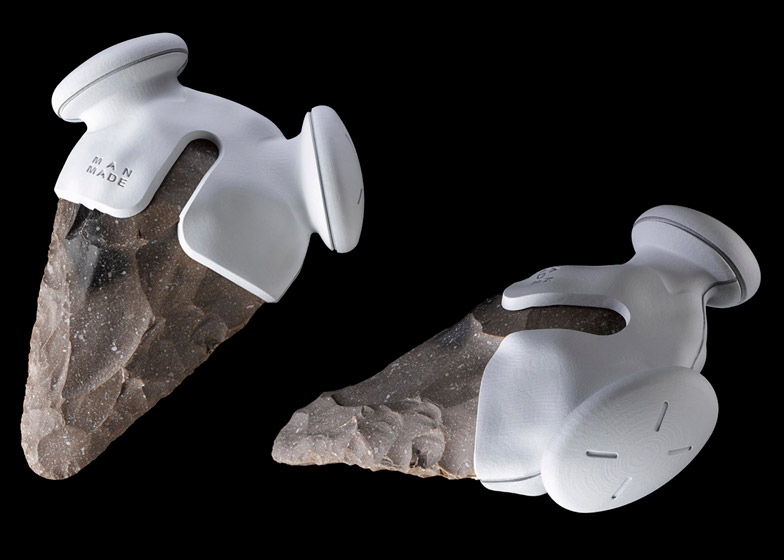

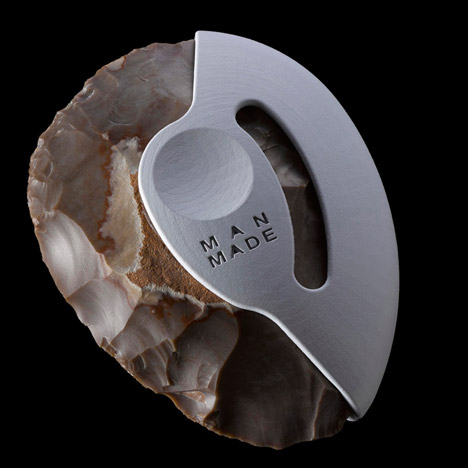
Dov Ganchrow and the late Ami Drach created nine handles in total, with each one giving the stone a very specific function. The point in doing this is to not only generate conversation about different ways in which the low-tech tool could be used, but to also demonstrate that something as basic as a sharpened piece of rock could still be useful today.
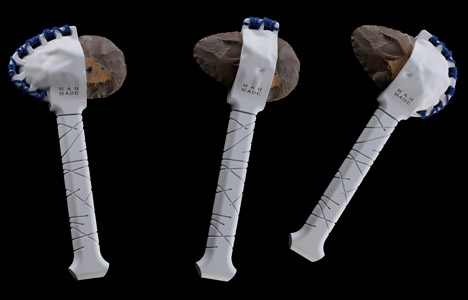
The designers sourced their material from the Negev desert in southern Israel. They then spent time learning and practicing the art of knapping, which involves striking the piece of flint repeatedly with a piece of softer stone to break it apart in a controlled manner.
Once the designers felt they had perfected the process, the flint pieces were 3D-scanned to make sure the handles would fit them perfectly. Nine handles in total were created, and they ranged in functionality from being used for splitting wood and hunting to crafting and even courting partners.
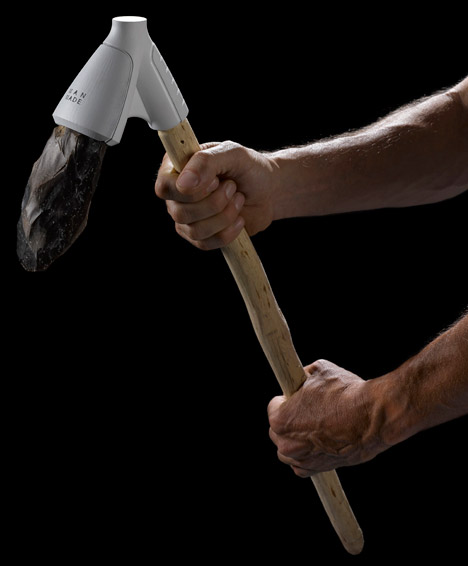

“The handles were printed in Verogray — a performance polymer with support from Stratasys,” Ganchrow said. “The parts were prepared and assembled on the original flint hand-axes, effectively joining the two most temporally distant Making technologies: flint knapping and 3D-printing.”
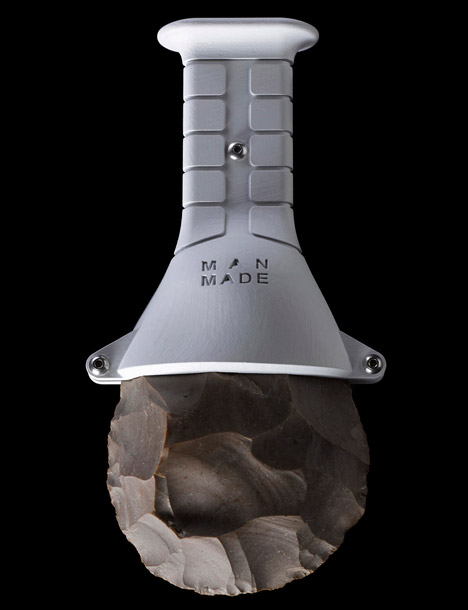
Ganchrow came up with the idea after attending a “low-tech seminar” that taught participants how to knap. Additionally, because scientists still aren’t sure how flint tools were used, the project was seen as an opportunity to get people thinking about all the many uses these tools could serve.
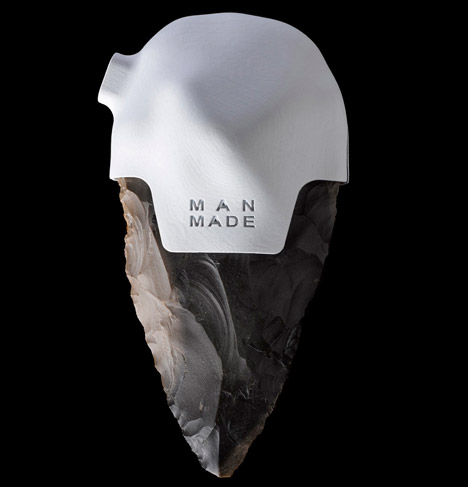
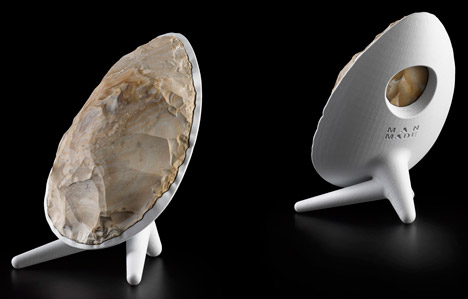
Story via psfk.com
Advertisement
Learn more about Electronic Products Magazine





